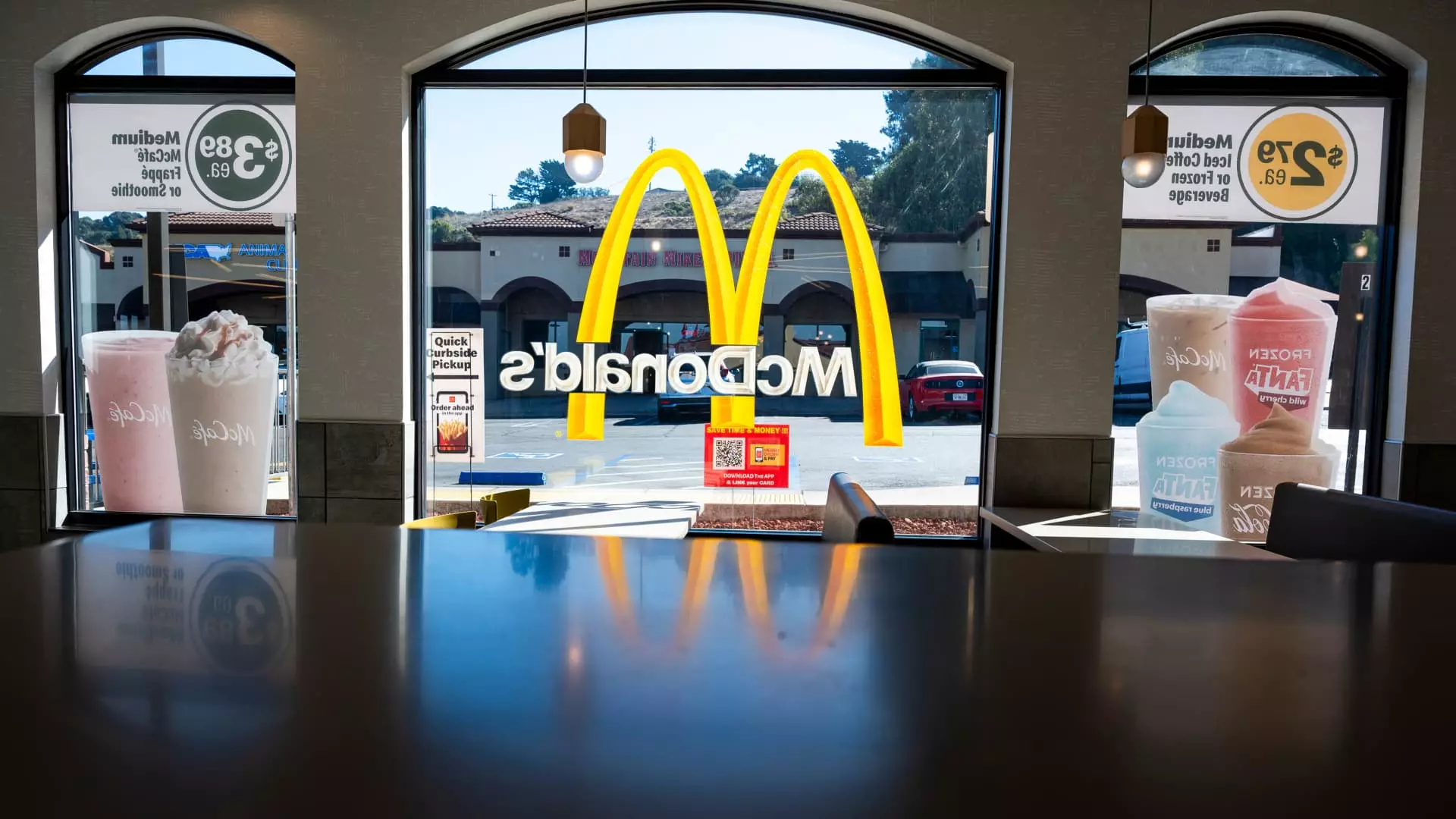The restaurant sector is experiencing an unpredictable start to 2025, characterized by a blend of weather-related challenges and evolving consumer sentiments. With the dawn of the new year, restaurant executives are cautiously optimistic, hoping for a shift from initial turmoil to a rejuvenated dining landscape. The industry faced considerable obstacles at the beginning of the year, but as we look towards mid-2025, it becomes imperative to analyze the factors influencing this trend.
A significant contributor to the rocky start of 2025 has been the unprecedented weather patterns that disrupted dining habits across the nation. Freezing temperatures and wildfires, notably in areas like Los Angeles, have forced many consumers to remain indoors, dramatically impacting foot traffic at restaurants. For instance, major chains such as Burger King and Popeyes reported a revival in sales towards the end of the previous year, primarily attributed to their value offerings which attracted customers who were previously cooking at home. However, even these promising figures faced challenges as winter set in.
On the other hand, McDonald’s showed a slight increase in domestic traffic despite a slight dip in same-store sales. This juxtaposition reflects the complexities of consumer choices: while value pricing can draw diners in, persistent weather issues and health concerns remain deterrent factors.
In essence, the restaurant industry is currently witnessing a fundamental change in consumer preferences. The substantial influence of economic uncertainty has made diners more discerning. Executive insights from Subway indicate a consumer base that now prioritizes value, refusing to compromise on quality and portion sizes. As consumers tread carefully, they are waiting for clearer economic signals before fully committing to dining out.
Sales data suggests a mixed bag for the industry: fast-food net sales showed minimal growth compared to the previous year; however, the downward trend in breakfast and lunch traffic could signify a deeper reluctance to engage with fast food as an everyday option. This phenomenon reflects a nuanced understanding of not just what consumers are purchasing, but why they are choosing to dine out less frequently.
Despite the current setbacks, analysts predict a turning point as the year progresses. Comparisons to last year’s turmoil will likely yield a more favorable outlook for sales in the latter half of 2025. Insights from restaurant executives suggest that the worst is behind us, and that positivity is expected to bounce back throughout the year, provided that weather conditions stabilize.
For Chipotle, the forecast remains particularly cautious, with predictions of weak same-store sales for the upcoming months attributed to last year’s promotional successes that are hard to replicate. While they anticipate stronger performance later in the year, the pessimistic outlook has already impacted their stock value, showcasing the direct relationship between consumer sentiment and corporate performance.
Looking beyond the immediate challenges, the ongoing impact of government policies, particularly trade tariffs, could further strain the restaurant industry’s ability to recover. The fear among consumers surrounding rising prices has heightened with inflation rates noticeably climbing. The Department of Labor reported a substantial increase in away-from-home food prices, further compounding consumer caution.
While major fast-food chains have largely remained optimistic, they cannot discount the palpable anxiety surrounding economics at the household level. Diner sentiment, at a seven-month low as of February, highlights the transformative effects that broader economic conditions have on individual spending behaviors.
For brands like McDonald’s and Starbucks, the paths to recovery vary significantly. McDonald’s anticipates a resurgence and aims to capture a larger share of lower-income consumers, should economic conditions improve. Conversely, Starbucks is grappling with declining sales over multiple quarters and has suspended fiscal outlook, indicating a longer timeline for stabilization.
This disparity illustrates not only the breadth of challenges faced by different chains but also the underlying need for an adaptable strategy. As the industry seeks to regain footing, it will be invaluable for brands to closely monitor consumer behaviors, reevaluate pricing structures, and innovate their product offerings to cater to shifting demands.
As 2025 unfolds, the restaurant industry stands at a pivotal crossroads, balancing between immediate recovery from weather-related disruptions and long-term adaptation to changing consumer sentiments. Understanding these dynamics is key for restaurant executives aiming to navigate the remainder of the year successfully. With optimism and strategy intertwined, the potential for a thriving restaurant landscape is within reach, despite the challenges that linger on the horizon.

